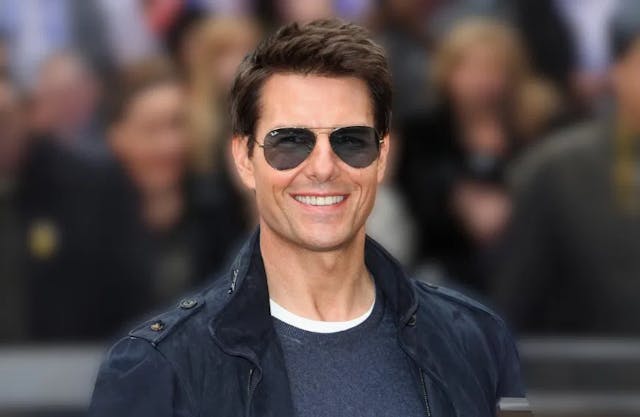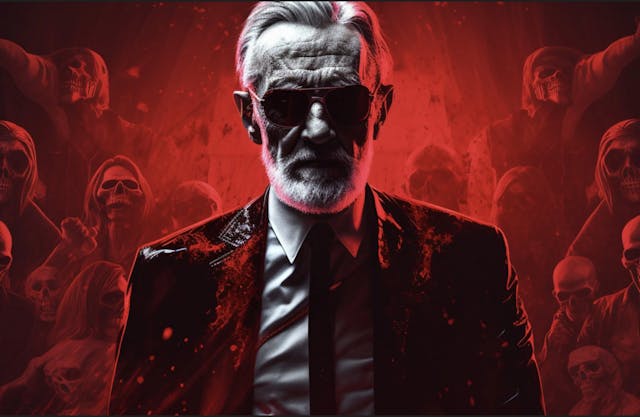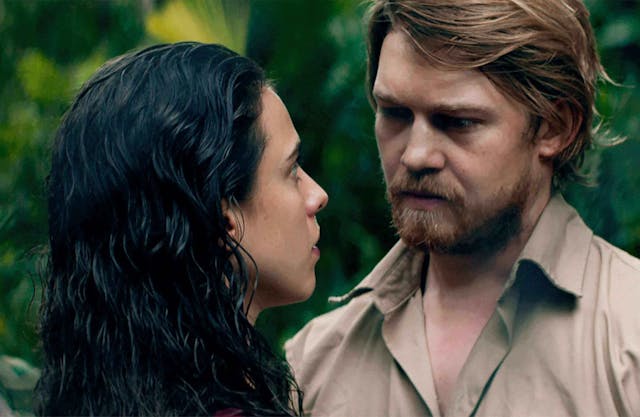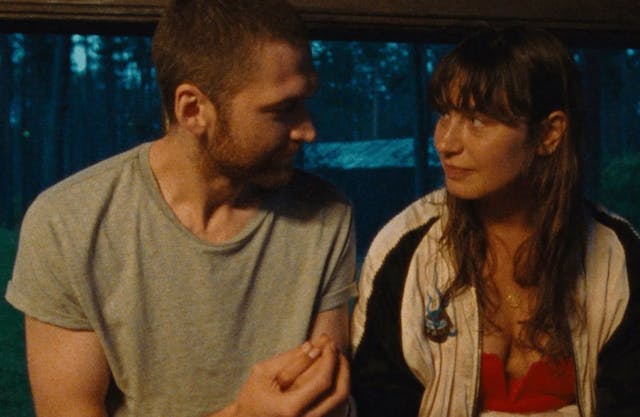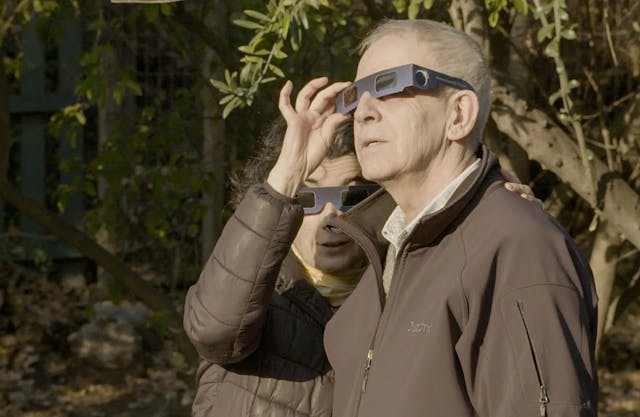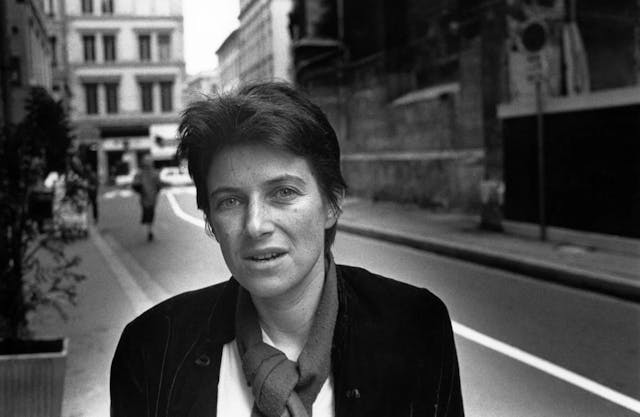What Makes A Low Budget Film in the Indie Market a Breakout Success?

Good question! And I do want to answer it. But first, we have to define success. The easiest and most popular way is to measure it with money. If a movie breaks box-office records, it means audiences embrace it. Awards are another surefire way. Qualifying for known Film Festivals is a surefire sign of success. It's even better if you win a prize. That is quantifiable and marketable. The catch is all these things are totally out of your control. It is subject to the vagaries of taste, commerce, and opportunity.
That is the bad news. The good news is that there are some things you can control. Or at least, there are things you can do that will nourish your creativity and inspire you. We don't have a recipe or a roadmap. Nothing is guaranteed in film production. But at least it will be fun. It involves watching movies, lots of movies. And we all love movies, right?
Find a new angle for a well-known story
The weight of Elvis Presley in popular culture is massive. He is like the sun, the moon, and the weather. He is always there, unavoidable, ever powerful. If you work with such a strong character, he hogs attention. According to Screenwriting 101, he should be the focus of the story! Check out Baz Lurham’s “Elvis.” Austin Butler’s star-making performance earned a well-deserved Oscar nomination, and a good argument could be built around it missing a well-deserved win. Elvis is the king. Enter Sofia Coppola. Defying expectations, she pushed his wife, Priscilla, to the focus of her latest movie. “Priscilla” is gathering great reviews and award buzz after premiering at the Venice Film Festival. After the box-office success of “Elvis,” you would think it is redundant. You would be wrong. We might know everything about the star, but turning the camera to somebody in his orbit makes everything feel brand new. Fandom and prevailing interest in the character should cross over. Think of it as a halo effect.
Be alert to international trends
“The Mariachi” is a textbook example of a low budget movie turning into a breakout success. The making of Robert Rodriguez’s feature film debut is the stuff of legends, like how he signed up for medical tests to raise money. It might be an urban legend, but it makes him a martyr of indie filmmaking. With a modest budget of 7 thousand dollars, he crafted a nifty thriller about a young mariachi mistaken for a notorious killer with a contract over his head. Its box office success catapulted him to Hollywood, where he made a flashier, more glamorous follow-up, with Antonio Banderas and Salma Hayek replacing Carlos Gallardo and Consuelo Gómez.
Somewhat lost in the hype is how “The Mariachi” capitalizes on the influence of Hong Kong action cinema, which experienced a Golden Age in the late eighties and the early nineties. Rodriguez taps into the over-the-top theatrics and romantic sensibility of filmmakers like John Woo, as seen in movies like “A Better Tomorrow” (1986) and “The Killer” (1989). They might be close in time, but it’s not ludicrous to imagine Rodriguez got exposure to this style so radically different from Hollywood ultra-macho exertions via videocassettes. After all, the movies were a touchstone of film buffs discovering talents from all over the world in the golden age of the video club.
Watch foreign films. You might find something worthy of a remake!
Remakes get a bad rap, but there is no shame in finding a story you like and making it your own, translating it to your particular language and social mores. Think of it as staging a new production of a known play for an audience that would not likely find it any other way. The aversion American audiences have for subtitles helps a bit when it comes to keeping those originals off their entertainment diet. The whole process can be an interesting creative challenge, and if the planets align correctly, you might end up with the next winner for Best Picture. Check out Sian Heder’s “CODA” (2021), based on Éric Lartigau’s French hit “La Famille Bélier” (2014).
The original was a box-office hit in France and played in many international markets, with the glaring exception of the United States - one would think that its dramatic dynamic and feel-good nature would make it a slam dunk, but it did not happen. Producers Philipe Rouselette and Patrick Wachsberger owned the remake rights and recruited Heder to spearhead the project. The resulting script is a translation that switches nationalities, languages, and milieu. The Béliers are dairy farmers and cheese makers, while their American counterparts are a fishing family from Gloucester, Massachusetts. Unlike the original production, Heder reached out to actual deaf actors: Marlee Matlin, the first deaf actor to win an Oscar for “Children of a Lesser God” (1986), Troy Kotsur, and Daniel Durant.
“CODA” premiered at the 2021 Sundance Film Festival and took the Grand Jury Prize, the Audience Award, the Dramatic Directing Award, and a Special Jury Award for Best Ensemble. Later, it would take three Oscars: Best Picture, Best Supporting Actor for Troy Kotsur, and Best Adapted Screenplay. Granted, Heder did not come up with the idea after renting the movie, but she might have! And perhaps you could find the next “CODA”! Wouldn’t that be something?

Craft a distinctive style
We know Wes Anderson’s “Bottle Rocket” (1996) is one of the indie movies that shook the world, but further contemplation of his career reveals a particular trait that secured his place in the indie scene. Ten feature films and 27 years later, he is one of the most distinctive filmmakers of our time, a staple of the Art House slowly inching towards massive audiences. How did he do it? Well, partly by establishing a rich and recognizable visual style. The dollhouse aesthetics in production design and wardrobe, married to symmetric frame composition and precise camera movements, are as recognizable and personal as his face.
Watch a single frame; you can tell you are watching an Anderson movie. In a way, this is somewhat reductive. It’s not by chance that Artificial Intelligence promoters have taken to “reinvent” known movies under the Andersonian style to promote the validity of the technology as a creative tool. It might be funny to see a short clip of “Wes Anderson’s Star Wars,’” but the thing is, there would be no Wes Anderson movies without Wes Anderson.
The stunt dismisses a crucial element: their humanistic preoccupation with mortality, disenchantment, and existential despair. As the filmmaker matures, these concerns become more manifest. Check out how “The Grand Budapest Hotel” (2014) careers towards lamenting how fascism destroyed the world as its characters knew it. “The French Dispatch” (2021) contemplates the still idealized ’68 youth revolution rotting on the vine, and “Asteroid City” (2023) mournfully recognizes how art can’t overcome death.
The thing is, it was all there from the beginning. The lovable losers of “Bottle Rocket” are barely into their 20s but already shortchanged by life. “Rushmore” sets the visual blueprint for the body of work to come. It’s not by chance that Max Fisher is an amateur school theatrical producer whose elaborate productions look like Wes Anderson movies. We get to see a stage version of a New Hollywood classic, Sidney Lumet’s “Serpico” (1973), and “Heaven and Hell,” which looks like a composite of every Vietnam movie done - the title hints at “Heaven and Earth” (1993), one of Oliver Stone’s best and most unsung movies. Anderson anticipated those fake Wes Anderson AI exercises by decades.
To say you must craft a distinctive personal style is easier said than done. But we can learn something by contemplating the arch of Anderson's career: hold on to the things and themes that interest you and keep exploring them further. That can lead you to a successful career.
Embrace genre, especially horror
Your idea for a generations-encompassing cast-of-thousands epic about the labor movement would make a compelling super production. I'm sure of it. Yet, chances of finding enough financing to do it properly as a young indie filmmaker are slim to none. That is why beginner filmmakers scale down their ambitions to available resources, aiming for low budget movies. It is not by chance that so many first-time filmmakers dip their toes into horror movies. You can do wonders with very few locations and a handful of actors. Better yet, the emotions elicited are memorable.
Indie box office history contains big horror hits made at discount rates: George Romero’s “Night of the Living Dead” (1968), Tobe Hooper’s “The Texas Chainsaw Massacre” (1974), and “The Blair Witch Project” (1999) come to mind. Not for nothing, they are some of the best classic horror movies ever made. The recent “Skinamarink” (2022) took the austerity trend to the extreme.
Some even luck out into bona-fide franchises. Check out Oren Peli’s “Paranormal Activity” (2007), which led to a series of five films. Or study the trajectory of James Wan. He parlayed the success of his short film “Saw” (2003) into a star-studded remake and a full-fledged franchise. Then, he got another franchise with “Insidious” (2010). And another one with the ever-expanding horror universe of “The Conjuring” (2013). He ended up inserting himself in the “The Fast and The Furious” universe and the DC Superhero realm with “Aquaman” (2018). And it all started with a dude that had to saw off his foot.

Study the masters, and their masters too
If you want to be a writer, you have to read a lot. If you want to be a filmmaker, you must watch movies. Chances are your favorite director learned a few tricks or mustered inspiration contemplating the work of Cineasts from yesteryear. You can’t make art out of a void.
Please think of the filmmakers you admire the most and find out who inspired them. They might drop names in interviews, or you can find connections in an enriching exercise of film buff archeology. Some can be overt about their influences, like Quentin Tarantino. “Pulp Fiction” (1994) is full of winks to Jean Luc Godard, the French New Wave, Film Noir, and Grindhouse Cinema. High art and low art are equally valuable to him. Eurotrash cinema and American Grindhouse both nourish and inform all of his movies.
The chain of influences transcends time and geography. If you love Pedro Almodóvar movies, you will be well served by the filmmakers he treasures, like the German master Rainer Werner Fassbinder, who in turn idolized Hollywood technicolor melodrama expert Douglas Sirk, who is a manifest influence of Almodovar’s films. You might end up making connections yourself. I was shocked a few months ago when I watched Andrzej Zulawski’s “The Most Important Thing: Love” (1975) and felt how it reached into the future towards Almodovar's “Law of Desire” (1987), “Live Flesh” (1997) and even “All About My Mother” (1999). Now I know why he included Romy Schneider in the cadre of actresses to whom he dedicated his Oscar-winning movie! Man, I need to see more flicks with Romy Schneider.
Famous Last Words
In closing: Success is elusive and unexpected. Make movies because you love to make them and because you love to watch them. You are sharing the love, spreading it around, projecting it towards the future. Forget money and awards. That is a success.
Want to get an email when we publish new content?
Subscribe today

